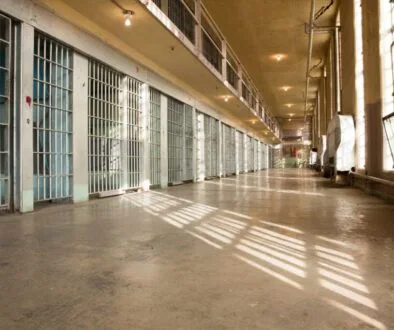Penitentiary Vs. Prison: What’s The Difference?
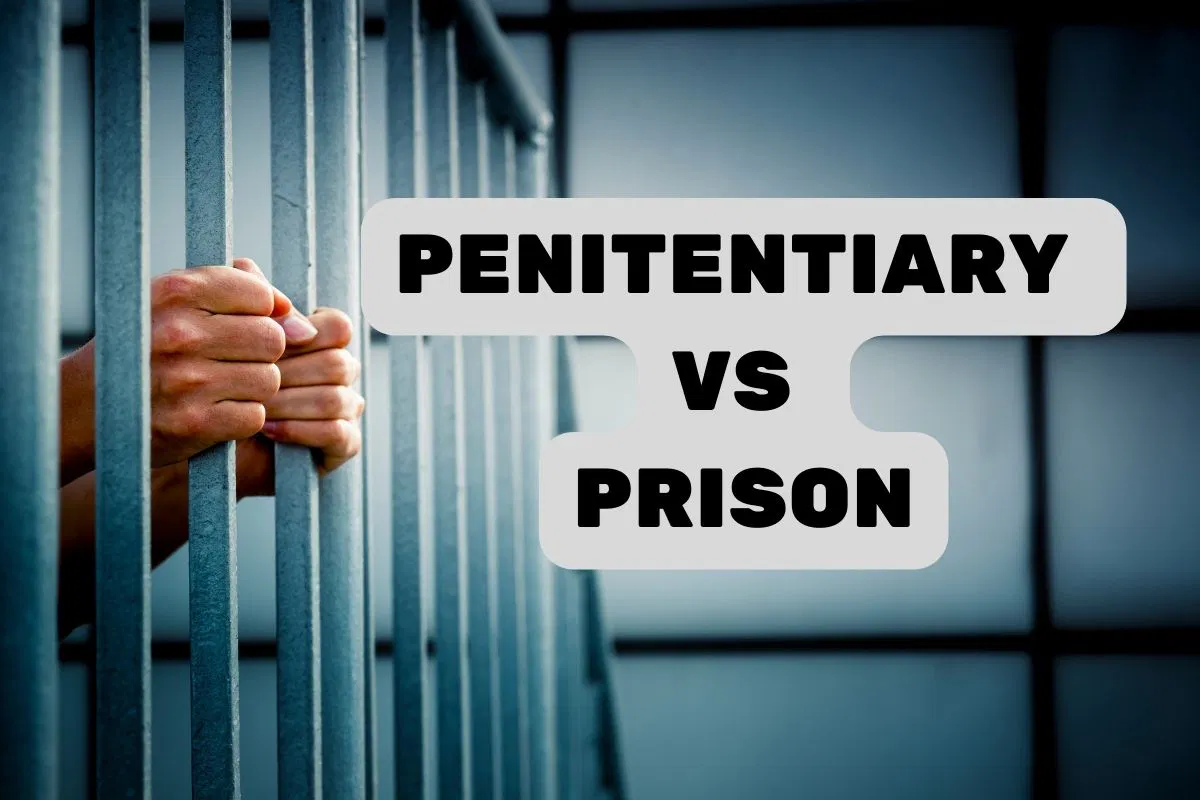
Published February 5, 2024
The difference between “penitentiary vs prison” is often blurry, leading to confusion. However, it’s crucial to understand these nuances. They shape discussions on the justice system’s effectiveness and possibilities for reform.
Both terms represent different institutions with varying functions. They also have different sentence structures and approaches to rehabilitation. In this article, we’ll take a closer look into the differences between the two institutions.
What Is A Prison?
A prison is a secure correctional facility. Prisons are either at the state or federal level. They’re designed to house individuals guilty of committing crimes against society.
The institution serves as a form of punishment with several key objectives.
- Isolate criminals from society, preventing them from causing harm and ensuring public safety.
- Provide an environment where individuals can undergo rehabilitation. Use various programs and interventions. This helps minimize the tendency to re-offend. It also aims to help successful reintegration into society upon release.
- Deters potential offenders by serving as a visible consequence of criminal behavior.
Prisons use many approaches. Their goal is to maintain order and protect communities. They also contribute to the functioning of the criminal justice system.
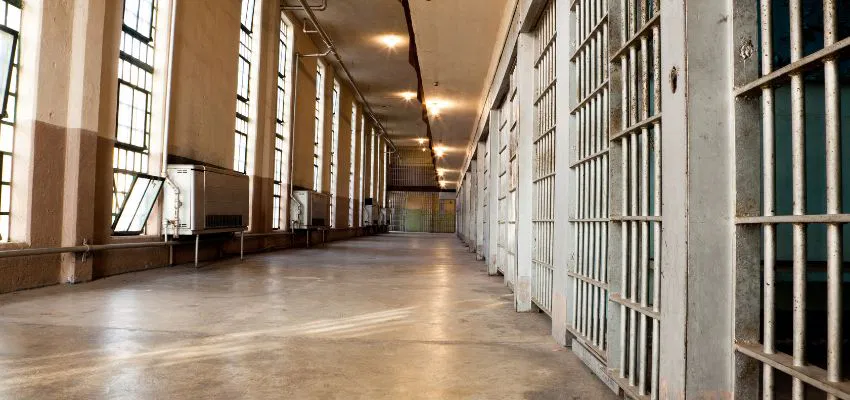
Different Types Of Prisons
There are various types of prisons, each with a distinct purpose in the criminal justice system.
1. Juvenile prisons. These are facilities where minors (under 18) convicted of crimes serve their sentences.
2. Federal prisons. There are five security levels based on their risk to public safety and internal prison management needs. The inmates in these prisons have been convicted of federal crimes. These include drug dealing, child pornography, and money laundering, among others.
- Minimum security. Also called federal prison camps (FPCs). They have dormitory housing, a low staff-to-inmate ratio, and limited or no perimeter fencing. Offer work programs and classes for rehabilitation.
- Low security. These facilities offer inmate work programs. They have a higher staff-to-inmate ratio and perimeter fencing.
- Medium security. As federal correctional institutions (FCIs), they’re more likely to hold violent offenders. There’s cell-based housing, perimeter fencing, and more structured treatment programs.
- High security. Also called penitentiaries, they have the highest level of security. Most have guards and cameras, along with fencing or walls. Some also have watchtowers.
- Administrative. These facilities hold pretrial offenders. They also treat inmates with severe or chronic medical issues. They also contain dangerous, violent, or high escape-risk inmates.
3. Psychiatric prisons. These facilities hold criminals who have been deemed mentally unfit for regular jails.
4. Military prisons. These facilities house military personnel found guilty of breaking military laws.
5. State prisons. Criminals convicted of state crimes are accommodated by these facilities. These crimes include murder, robbery, and rape.
6. Private prisons. These facilities are under the supervision of private companies with government contracts.
Every type of prison has set rules, regulations, and security measures. All these play a role in maintaining public safety and enforcing the law.

What Is A Penitentiary?
In contrast, a penitentiary is a specific prison. It’s designed to house individuals who have committed serious offenses. In the United States, the term penitentiary usually denotes federal prisons. These prisons are under the jurisdiction of the federal government.
The term penitentiary comes from penitence. It symbolizes the belief that incarceration punishes an offender. It also encourages reflection on their actions. It prompts feelings of remorse for their deeds.
The goal of being confined in a penitentiary is to transform. It encourages offenders to seek personal growth and rehabilitation during confinement.

Prison Vs Penitentiary: What Is The Difference?
If you take a closer look at the two institutions, there are distinct differences you need to be familiar with.
Duration Of Sentences
One of the key distinctions between a prison and a penitentiary is the length of the sentences. Prisons accommodate those serving longer sentences. Penitentiaries are designed for inmates serving more than a year.
Nature Of Inmates
The characteristics of the inmates also vary. In penitentiaries or federal prisons, they accommodate individuals convicted of federal crimes. On the other hand, state prisons are designed to house those convicted of state crimes.
Safety Measures
There are notable differences in safety between federal and state prisons. Penitentiaries put in place strict security protocols. This reflects the severity of crimes committed by their inmates.
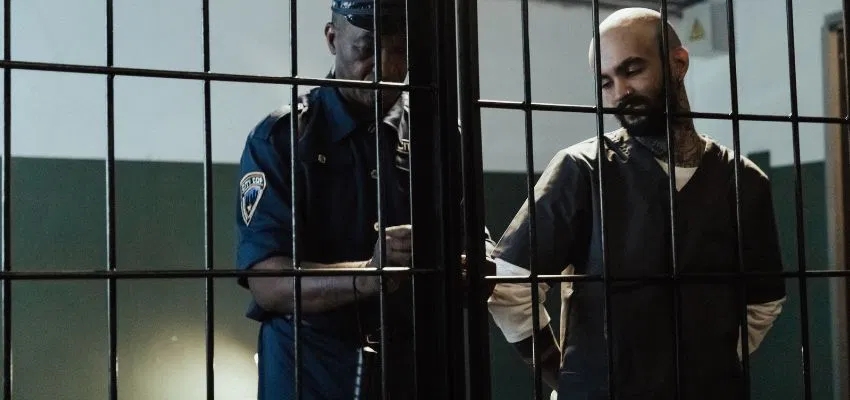
Similarities Between Prison And Penitentiary
Despite the inherent differences, prisons and penitentiaries share several key similarities. These facilities accommodate individuals who have committed crimes and pose a threat to society.
Moreover, both strive to achieve the common goal of rehabilitating inmates. They also give them the tools and skills they need to reintegrate into society. These institutions aim to empower individuals to make positive life changes. They use educational programs, vocational training, and mental health support.
As for communication with the outside world, options are available to inmates. In both prisons and penitentiaries, inmates have visitation rights. They also have the right to make outgoing calls home or to their attorneys. The visits and inmate calling are under close supervision and are usually recorded.
Prisons and penitentiaries aim to foster personal growth and accountability. They do this through a structured and supervised environment. They also promote public safety and societal harmony.
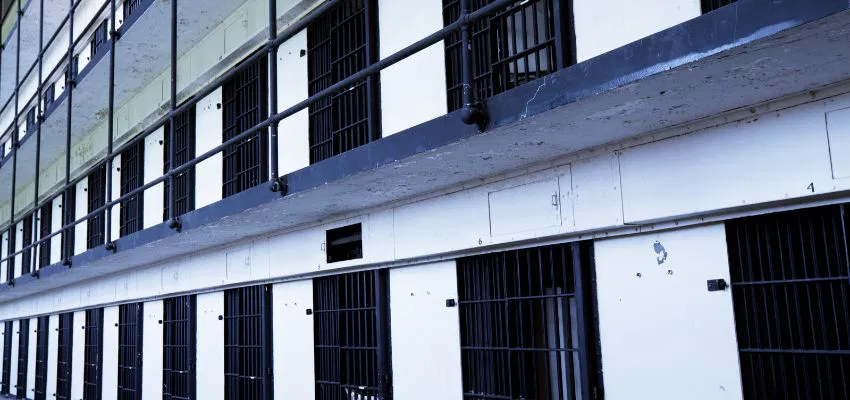
Decipher The Penitentiary Vs Prison Difference
Prisons and penitentiaries might seem alike. Yet, their differences shape how we see justice and rehabilitating offenders. By knowing the penitentiary vs prison distinctions, it allows changes with better ways to help people rejoin society. A justice system that sees these differences is crucial. It helps create a practical approach to assisting those in the justice system to find their way back.
Advertisement
Save 90% Per Minute On Jail Calls With Us
US prisons charge lots of money per minute for long distance inmate calls. The loved ones of inmates are left to pay this bill. For a ten minute phone call you may find yourself paying over one hundred dollars. With SecurTel, you can reduce this charge to a fraction of the cost and only pay the local calling rate. Make calls from across the US or internationally for the local rate and help your family stay connected during a difficult time. Learn more about how to sign up for inmate calls here.

This Content Is Fact Checked
We have conducted thorough fact-checking on this content in-house. Get detailed insights into our website’s editorial standards by clicking here.

About The Author
Meet Rei Bayucca, an accomplished writer with a passion for exploring a wide range of industries. Through her skilled and thoughtful writing, Rei aims to inspire and educate readers with content that stimulates the mind.


